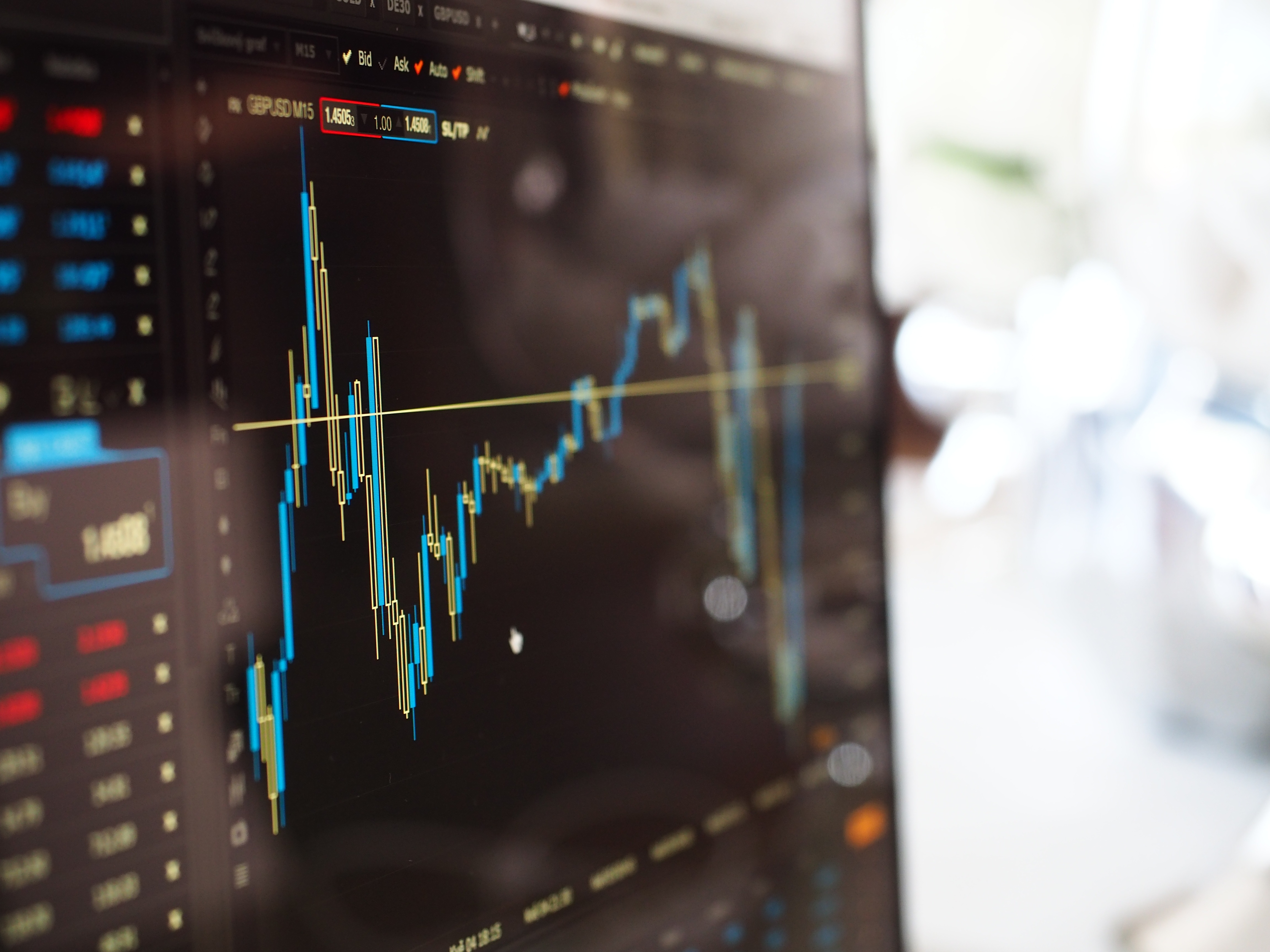
![]() As interest rates have continued to climb today’s bearish market, the non-traditional bond funds have gained 0.6% this year.
As interest rates have continued to climb today’s bearish market, the non-traditional bond funds have gained 0.6% this year.
Source: Bloomberg
Created after the financial crisis to prosper on rising interest rates, the funds instead have bumped along for years amid persistently low borrowing costs. But as rates have climbed in today’s bearish market, go-anywhere bond funds have gotten going. They gained 0.6 percent this year through Friday while the more popular traditional intermediate-term pools lost 1.4 percent, according to Morningstar Inc.
Unconstrained funds, which occupy a fixed-income niche with $120 billion in assets, free managers including BlackRock Inc. and Pacific Investment Management Co. to invest almost anywhere. Not only do they have less sensitivity to rate changes, the funds are also benefiting from holding a range of assets, including cash, emerging-market bonds and bank loans.
“It’s more than just trying to make money when rates go up,” said Dan Ivascyn, who co-manages the $3.4 billion Pimco Unconstrained Bond Fund. “It’s about trying to use your flexibility to defend against a lot of scenarios that are negative for bond investors.”
Yields on U.S. Treasuries have surged this year. Investors are demanding higher returns amid an increasing supply of notes to accommodate the growing budget deficit and the Federal Reserve’s move to shrink its balance sheet.
Treasury Yield at 3% May Mark End of Rout, or Just the Beginning
That’s created new winners and losers. Rick Rieder, BlackRock’s global chief investment officer for fixed income, runs the unconstrained $32.8 billion BlackRock Strategic Income Opportunities Portfolio. It’s up 1.3 percent in 2018 through Feb. 2. By comparison, his intermediate $11.9 billion BlackRock Total Return Fund is down 1.2 percent.
Short Duration
Unconstrained funds tend to have a short duration, which makes them less sensitive to rate changes. Rieder’s go-anywhere fund had a duration of 1.4 years at the end of 2017 compared with 5.4 years for Total Return. “People who are invested in intermediate funds want that interest-rate exposure,” Rieder said in an interview.
Rieder has made money in his Strategic Income fund by owning emerging-market bonds denominated in local currencies. The bonds of two countries he favors, Brazil and Indonesia, climbed 4.3 percent and 2.1 percent respectively this year, according to data compiled by Bloomberg.
Some managers even hold negative duration, which means they make money if rates rise. Bill Gross said his $2.2 billion Janus Henderson Global Unconstrained Bond Fundhad a negative duration of two years recently. “And I think you can see that in our performance,” he said in a Feb. 2 interview on Bloomberg Television. The fund is up 0.4 percent this year.
William Eigen, a portfolio manager at J.P. Morgan Asset Management, is avoiding losses by holding in cash almost half of the unconstrained $12.1 billion JPMorgan Strategic Income Opportunities Fund. The cash and bank loans, whose rates regularly reset, have spurred a 0.4 percent gain this year.
“The reason traditional funds are struggling is simple,” said Eigen. “The era of artificially low rates created by easy monetary policy around the globe is coming to an end.”
High-Yield Risk
Go-anywhere funds come with vulnerabilities, said Eric Jacobson, a Morningstar analyst. At the end of last year, the funds had 34 percent of their money in bonds rated below investment grade, roughly eight times as much high-yield debt as intermediate funds held. High-yield prices sank Friday along with stocks and other bonds.
“If things go to hell, all risk assets, including high-yield, could sell off,” said Jacobson. “I am not sure investors know what to expect.”
But unconstrained managers are reveling in a moment they’ve been anticipating for a long time. In the past five years, non-traditional and intermediate funds both gained just under 2 percent a year, Morningstar data show. Now with the yield on the 10-year Treasury hitting a four-year high last week, the tables are turning.
“This is the environment these funds were built for,” said Lawrence Glazer, managing partner at Mayflower Advisors in Boston, where he helps oversee $2.5 billion. “They are starting to shine.”


